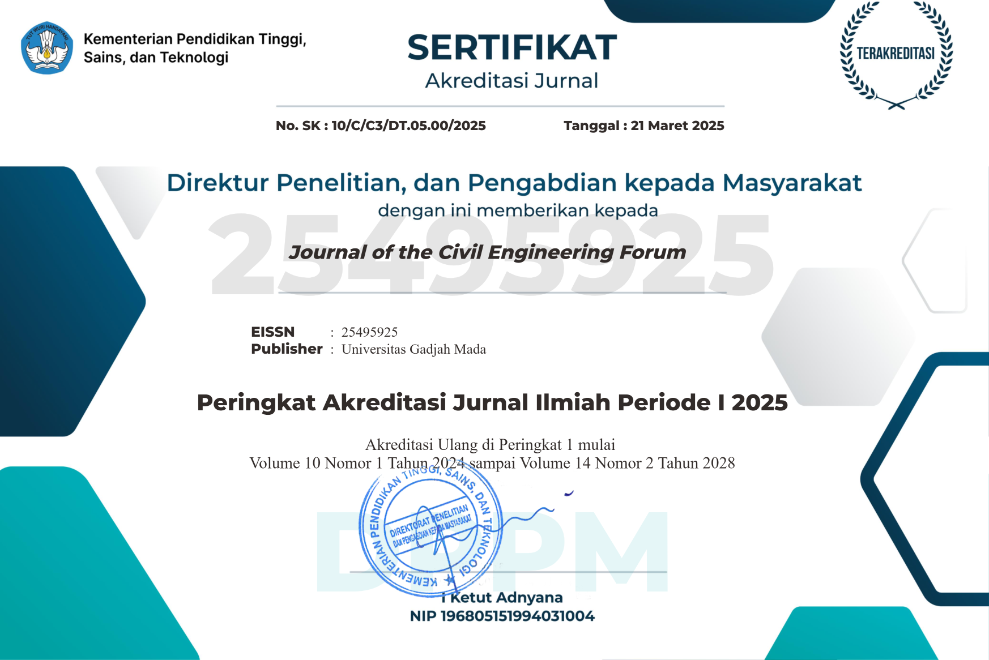Copyright and Licensing
Copyright
Copyright is granted to authors for the purpose of providing protection for articles written to describe experiments and their results. JCEF will protect and defend the work and reputation of the author and are also willing to address any allegations of violation, plagiarism, fraud, etc. against articles written and published by JCEF. JCEF is published under the terms of the Creative Commons Attribution-ShareAlike 4.0 International License (CC BY-SA 4.0). The author holds the copyright and assigns the journal rights to the first publication (online and print) of the work simultaneously. We use the restrictive license (non-commercial) as follows:
BY (attribution):
Users are allowed to share, distribute and redistribute articles published in any media or format but with the conditions specified by the licensor. You must give appropriate credit, provide a link to the licensem and indicate if changes were made. You may do so in any reasonable manner, but not in any wat that suggests the licensor endorses you or your use.
SA (Share-Alike):
If you mix, modify, or build upon the materials, you must distribute your contributions under the same license as the originals.
License
1. License to Publish
JCEF is regulated by the Creative Commons Attribution-ShareAlike 4.0 International License as a journal for non-commercial use. After knowingly providing the article to JCEF, the author hereby grants JCEF the right to exclusive publication and distribution license in the manuscript including anything contained therein submitted for publication as part of the manuscript (article) in any type of media, in any form, in all languages, worldwide, for the full copyright term, and the right to license others to do the same, applies if the article is accepted for publication.
2. Author’s Warranties
The author guarantees that the article they writes is an originally written by themselves, the article has never been published in any journal, and does not contain statements that can violate the law, does not violate the rights of others, is subject to copyright which is held exclusively to the author and is free from anything, and that the necessary written permission to quote from other sources in the article has been obtained by the author.
3. User Rights
With a license from Attribution-ShareAlike 4.0 International (CC BY-SA 4.0), the author(s) and users are free to Share (copy and redistribute the material in any medium or format) and are free to Adapt (remix, transform, and build upon the material for any purposes). The licensor cannot revoke this freedom as long as you follow the license terms. The user must provide the appropriate credit, provide a link to the license, and indicate any changes.
4. Rights of Authors
The author has the following rights:
- the author has the rights to the copyright, and other ownership rights related to the article, such as patents,
- the author has the right to use the content of the article in his own work for their future purposes, such as a book or otherwise,
- the author has the right to reproduce the article for their personal purposes, provided the copies are not offered for sale, and
- the author has the right to archieve their own article
5. Co Authorship
If the article is co-authored by multiple authors, the signers of this form warrant that the lead author has been authorized by all authors to sign this agreement on their behalf, and agrees to notify his co-authors of the terms of this agreement.
6. Royalties
This agreement gives the author the right not to get royalties or other fees. To the extent legally permitted, the author waives the right to collect royalties in connection with articles relating to the use of the articles by JCEF or the sub-licensee.
7. Miscellaneous
JCEF will publish the article (or have published it) in the Journal if the editorial process of the article has been successfully completed by the editorial team and JCEF or the sub-licensee is required to publish the article. JCEF arranges articles by paying attention to punctuation style, spelling, capitalization, and usage that is deemed appropriate.







